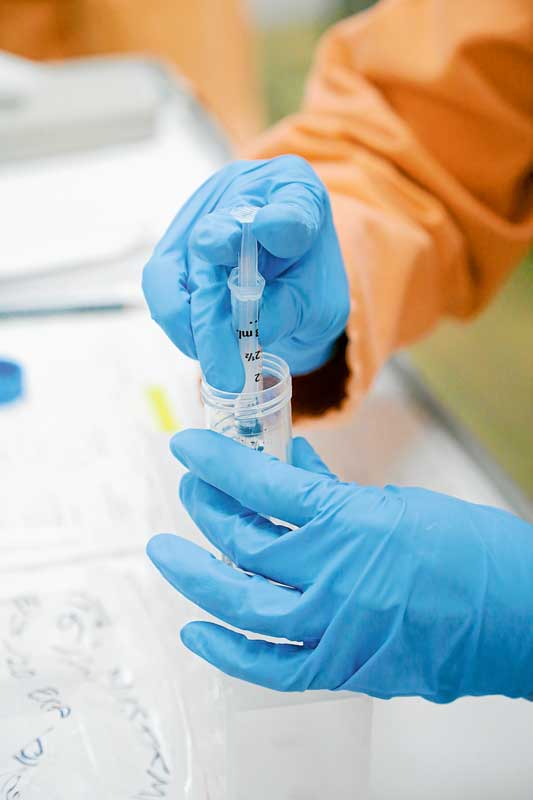

Despite the on-again, off-again federal budget cuts to the CSIRO over the past several years, Australia’s national science agency, they have commenced the first stage of testing potential vaccines for COVID-19. The testing, expected to take three months, is underway at CSIRO’s high-containment biosecurity facility, the Australian Animal Health Laboratory (AAHL) in Geelong.
To prepare for disease outbreaks, last year CSIRO partnered with the Coalition for Epidemic Preparedness Innovations (CEPI), a global group that aims to derail epidemics by speeding up the development of vaccines.
In January, CEPI engaged CSIRO to start working on the virus SARS CoV-2, which causes the disease COVID-19. In consultation with the World Health Organisation, CEPI has identified vaccine candidates from the University of Oxford (UK) and Inovio Pharmaceuticals Inc. (US) to undergo the first pre-clinical trials at CSIRO, with further candidates likely to follow.
The latest milestone builds on CSIRO’s growing work to tackle COVID-19, which has included scaling up other potential vaccine candidates at its biologics production facility in Melbourne.
CSIRO chief executive, Dr Larry Marshall said: “Beginning vaccine candidate testing at CSIRO is a critical milestone in the fight against COVID-19, made possible by collaboration both within Australia and across the globe.”
The agency is testing the COVID-19 vaccine candidates for efficacy, but also evaluating the best way to give the vaccine for better protection, including an intramuscular injection and innovative approaches like a nasal spray.
CSIRO has a long history of developing and testing vaccines since the opening of the AAHL in 1985. It is the only high biocontainment facility in the southern hemisphere working with highly dangerous and exotic pathogens, including diseases that transfer from animals to people.





